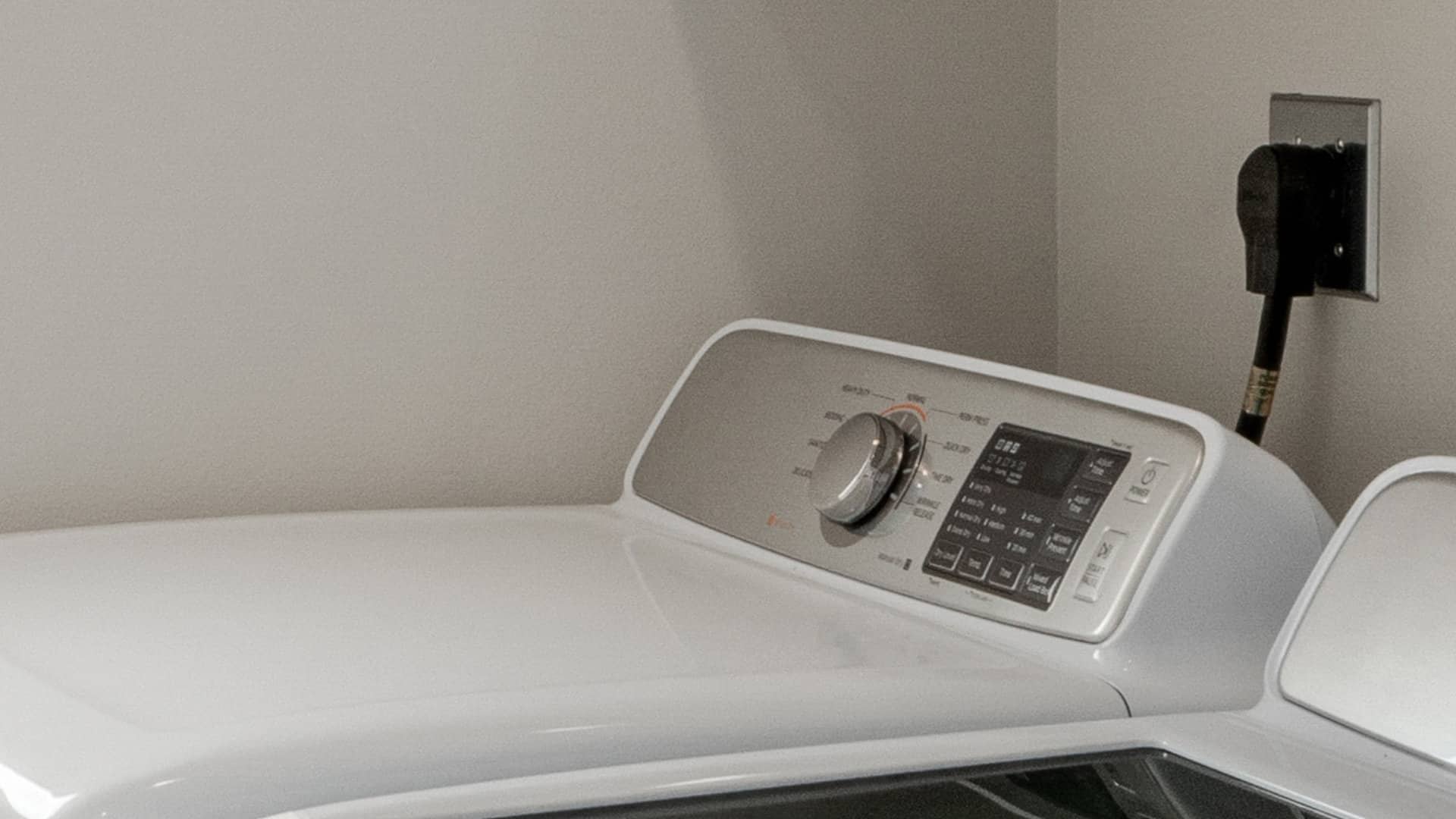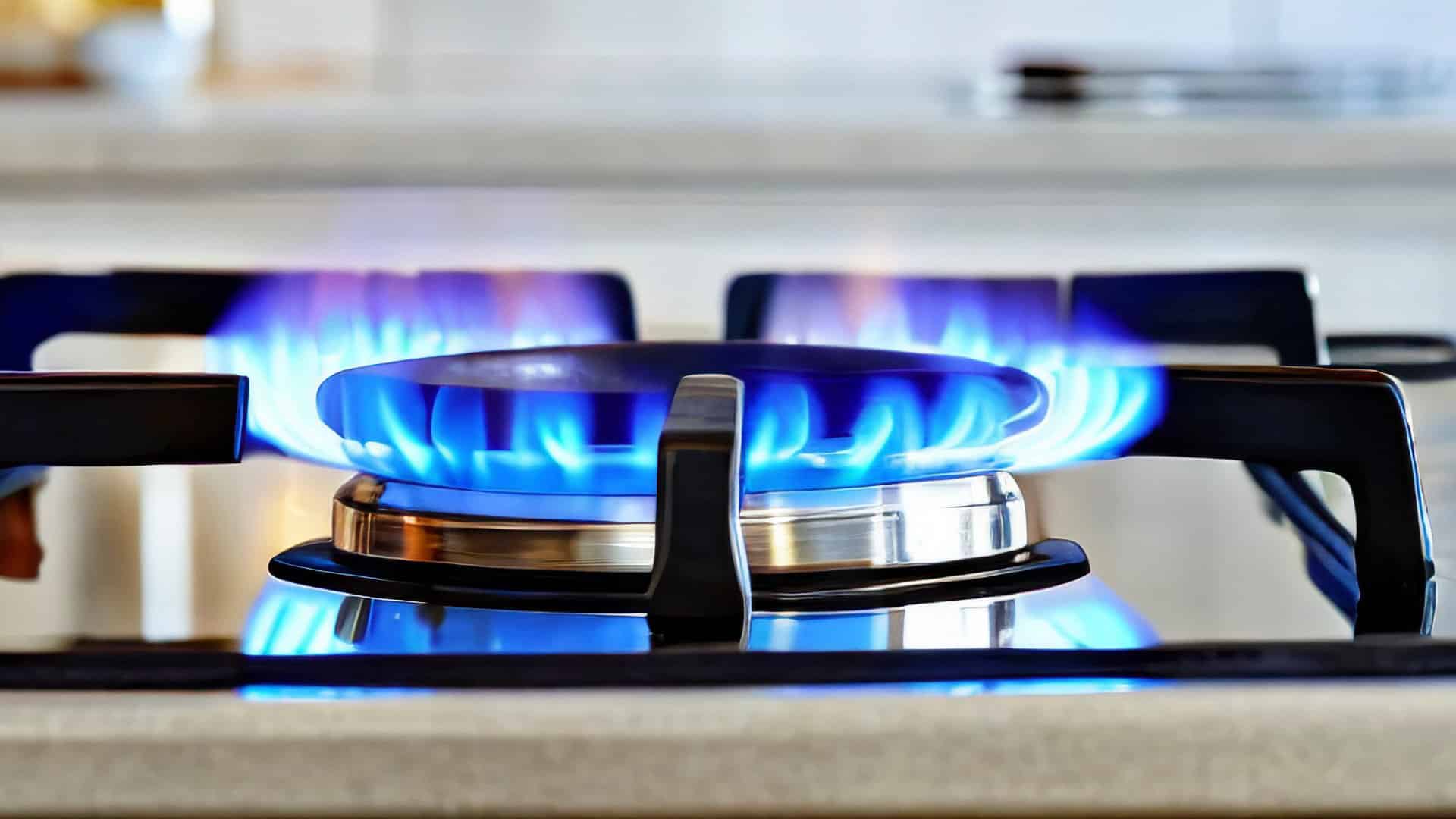
Gas stoves have many benefits—they are more responsive to temperature changes, they still work even in a power outage, and they produce instantaneous heat. But what if you go to light your trusty gas stove and nothing happens? As irritating as this is, don’t despair! There are a few common causes of this issue, and we’ve got some DIY fixes to get your stove back up and running. Read on to find out what to do!
Igniter Issue
If you try to light your stove and nothing happens, the first thing to check is the igniter itself. The igniter provides a spark that lights the gas flowing from the burner. If the igniter itself is dirty or malfunctioning, it won’t provide a spark, meaning there’s nothing to light the gas. If this is your issue, you’ll notice there is no spark when you try to turn on the gas. You might also notice grease or grime coating the igniter mechanism, and the igniter may no longer make its customary clicking sound. Your other burners will likely still work as normal. Here’s how to fix it:
- Closely inspect the igniter for debris that may be preventing it from working. Use a brush like a soft toothbrush to clean it thoroughly, then check to see if this fixes the problem.
- If you can’t fix the issue by cleaning, the ignitor will need to be replaced. Purchase a replacement part, ensuring it is compatible with the make and model of your stove.
- Turn off the gas and power supply and remove the faulty igniter, referring to your manual for instructions specific to your brand of stove.
- Put the new igniter in its place, then restore gas and power to your stove.
- Test to see if your gas stove is now lighting as it should.
Gas Supply Issue
It might sound almost too obvious, but if your gas stove doesn’t have a gas supply, it won’t work! The gas system includes the gas line, the valve, and the main gas supply, and if there is an issue with any of these parts, then gas won’t be able to reach your stovetop.
If this is your issue, you may notice that none of the burners on your stove are lighting. You may also notice that there isn’t a gas smell when you turn the stove on. Prior to the stove failing completely, the flames on the burners might have been burning unusually low.
Here’s what to do:
- Check the gas valve: Make sure the gas valve is fully open. If you’ve recently had work done on your property, it might have been turned off and not turned back on.
- Check the hoses: Look for any kinks or loose connections that could be affecting the flow of gas.
- Check other appliances: If you have other gas appliances in your home, check to see if these are working. If they are, the issue probably lies with your stove, not the gas supply itself.
- Check the gas tank: If you use a gas tank, check to see if it is empty. If it is, either fill or replace it.
- Contact your gas supplier: If you use piped gas, contact your supplier and tell them about your supply issues. They will send a technician to fix the issue.
Burner Issue
The burners are the part of your gas stove that produces the flames. If the burners are damaged, faulty, or clogged, gas won’t be able to flow out of them, preventing them from lighting. This is different from an igniter issue, as your stove may still be sparking, but the burner holes might be clogged.
Some signs that this is the problem include a clicking sound without ignition and visibly dirty burners. If this is the issue, other parts of your stove, such as the oven, may be working as normal—this precludes a gas supply problem. Here’s how to fix it:
- Safety first! Turn off the gas supply and power.
- Remove the burner cap and head and inspect them for damage. If they’re damaged or cracked they’ll need replacing.
- If they appear dirty but not damaged, thoroughly clean the burner ports with a soft brush.
- Soak the burner head and cap in warm water and mild detergent. Leave them for about 30 minutes, then brush, clean, rinse, and dry thoroughly.
- Replace the burner caps and see if the stove is lighting properly.
- If the burner caps are damaged, replace them with compatible parts.
- Then restore gas and power to your stove and check to ensure the stove is now lighting as it should.
Faulty Safety Valve
The safety valve controls the flow of gas to the burners. It prevents gas from flowing if there is no flame to burn the gas to avoid dangerous gas leaks.
The safety valve may be the culprit if there is no gas flow to the burners, despite you being sure there are no issues with your overall gas supply.
Here’s what to do:
- Turn off the gas and power supply.
- Consult your user manual to locate the safety valve.
- Inspect the valve for signs of damage or corrosion.
- Ensure the valve is properly seated in place and has not been knocked out of position.
- If you think the valve is faulty, hire a professional technician to come and have a look at it. Gas leaks can be deadly, so only a certified professional should replace a gas safety valve. If installed incorrectly, it can lead to dangerous leaks.
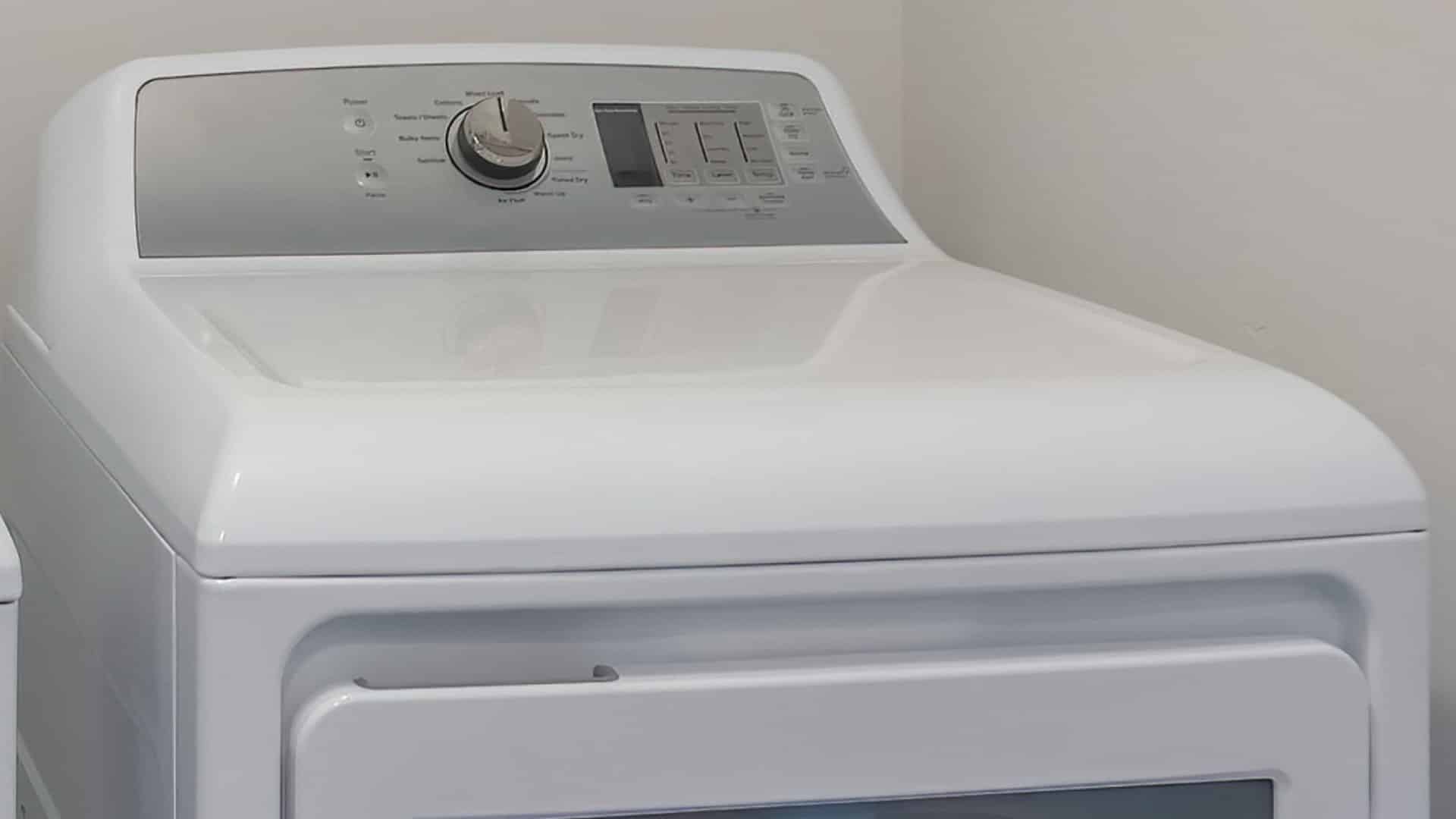
Are Dryer Sheets Bad? 5 Reasons to Avoid Them
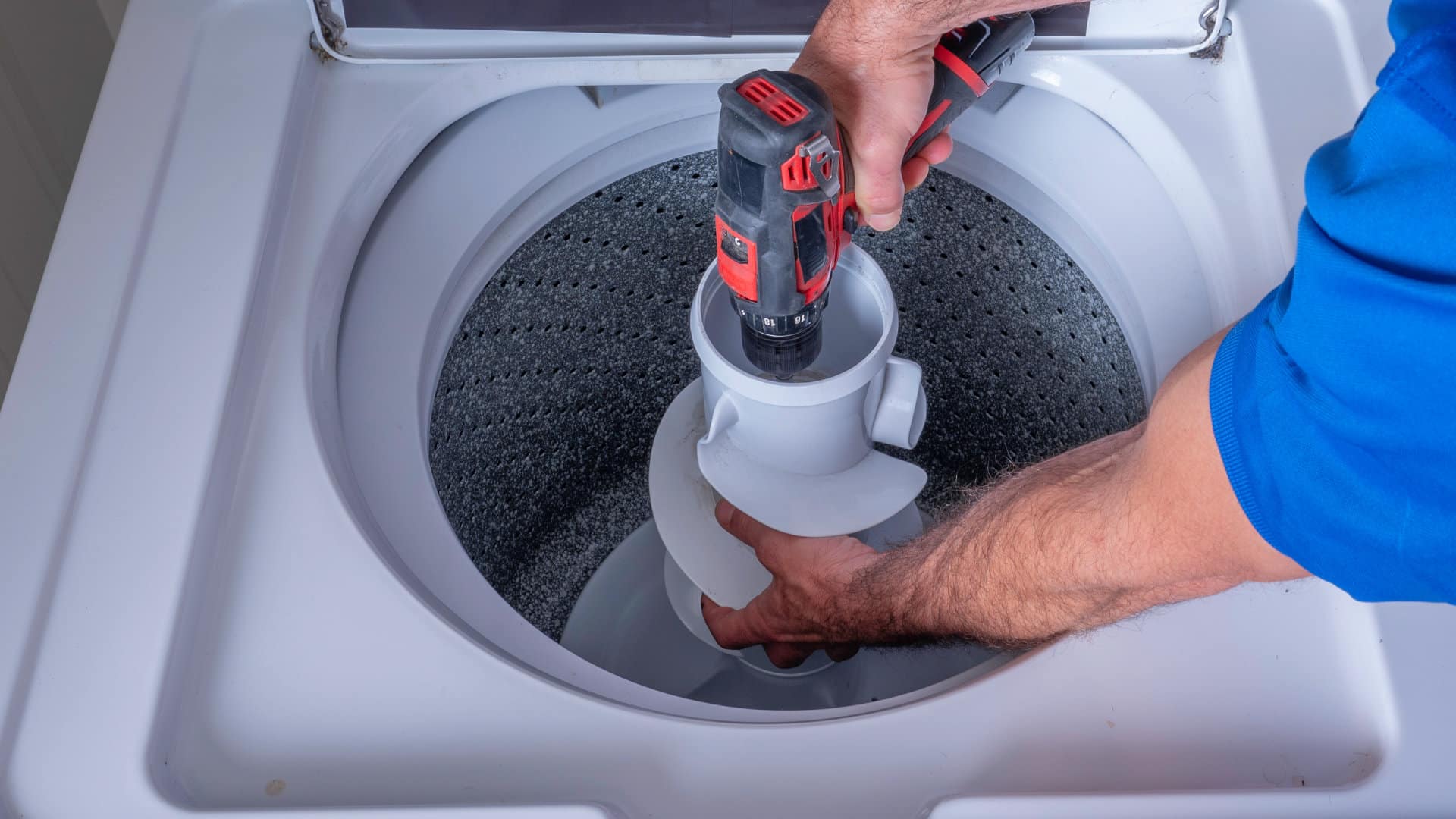
Whirlpool Washer F21 Error Code Explained

Gas Stove Not Lighting? Here’s Why
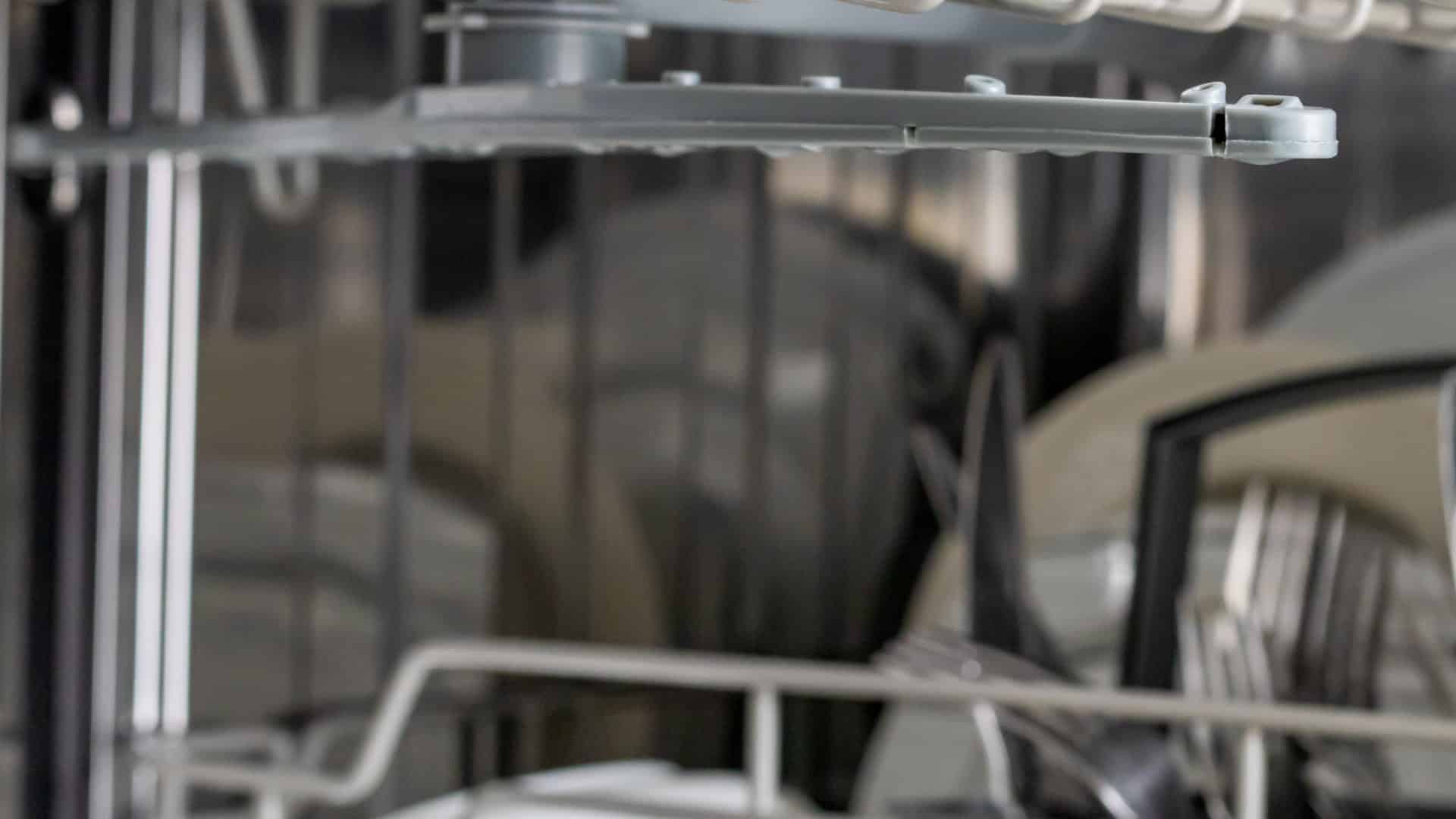
GE Dishwasher With No Power or Lights? Try This Fix
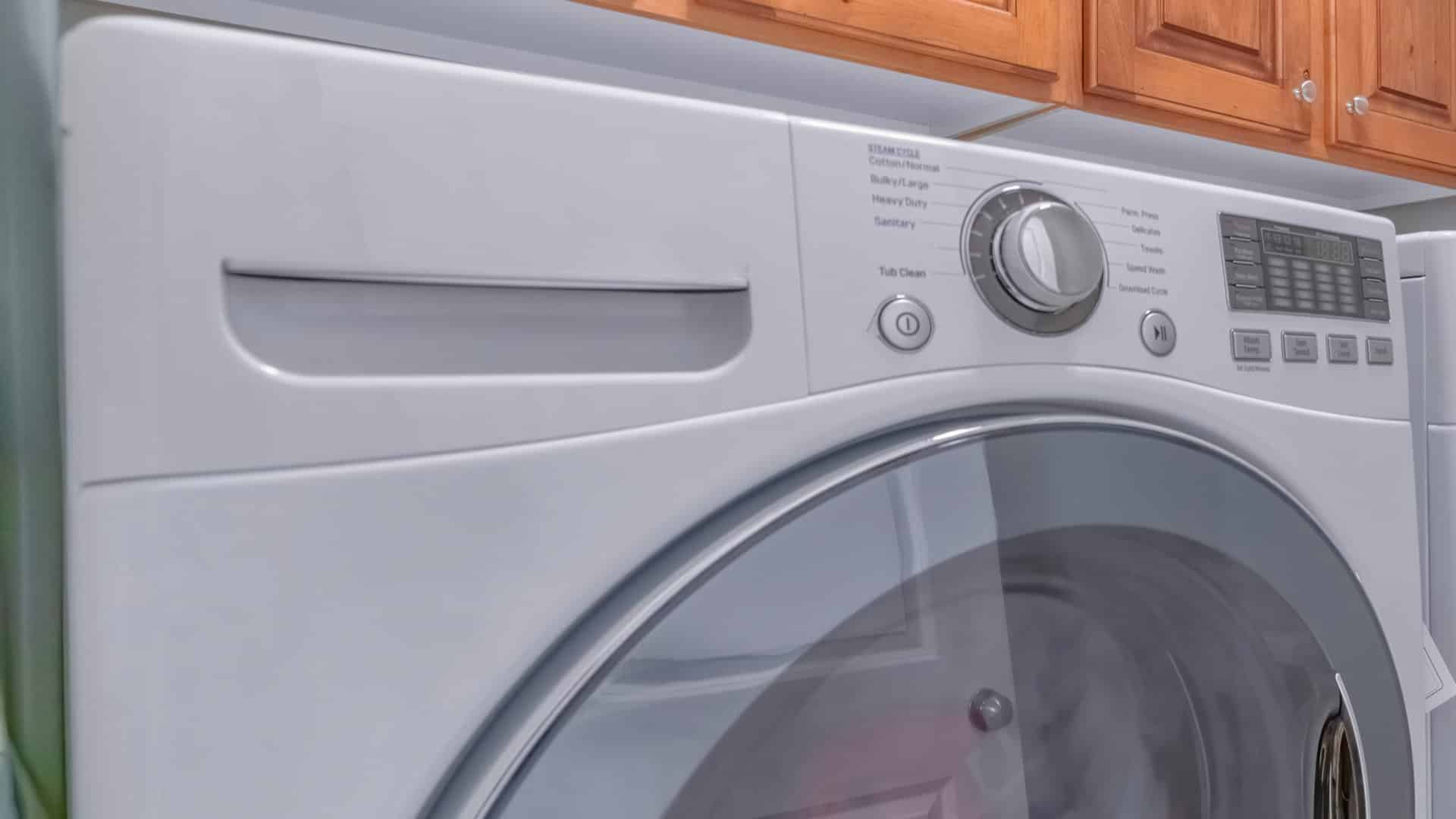
Understanding SC Code on Samsung Washer
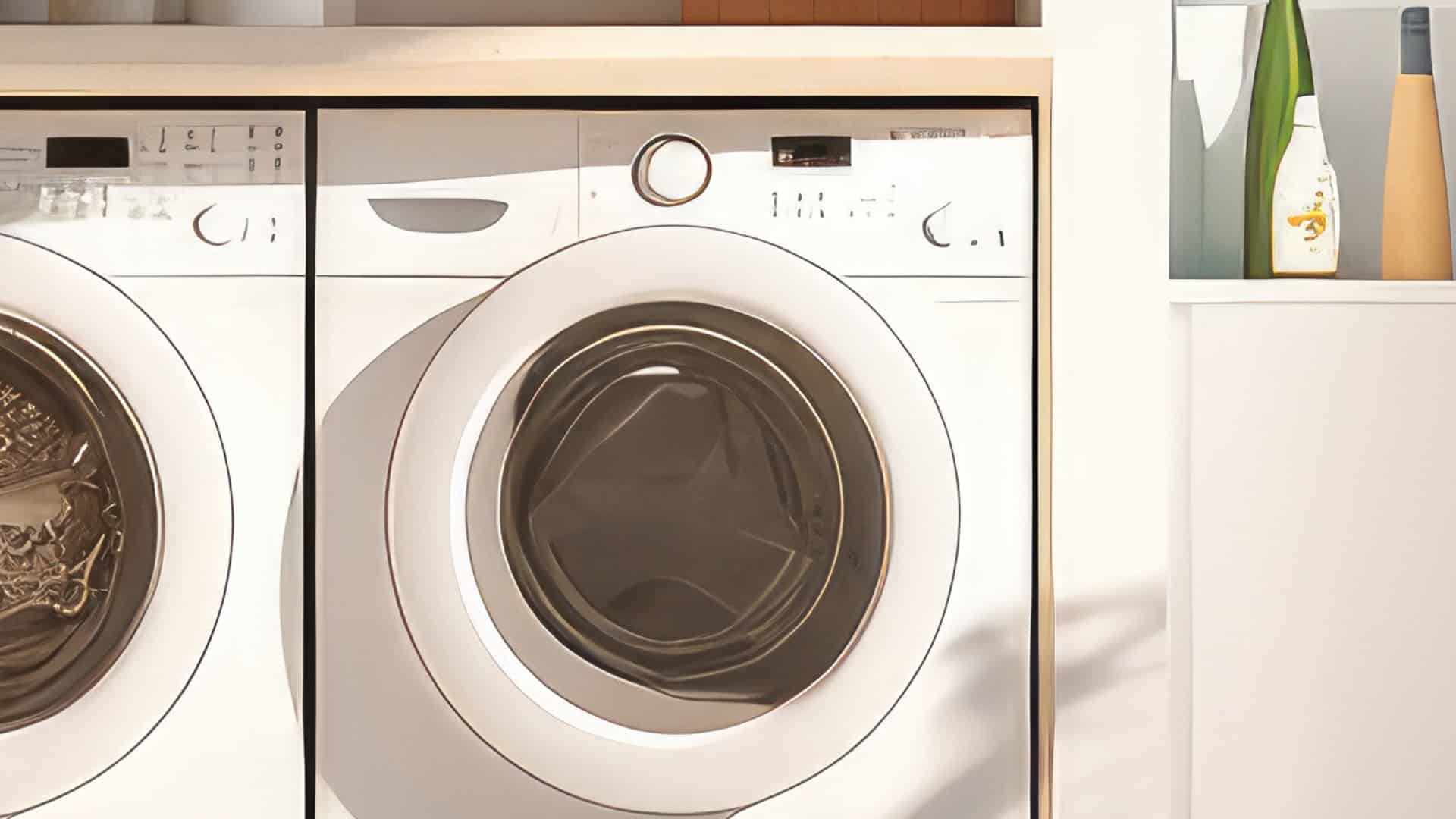
Resolving LG Dryer D80 Error Code
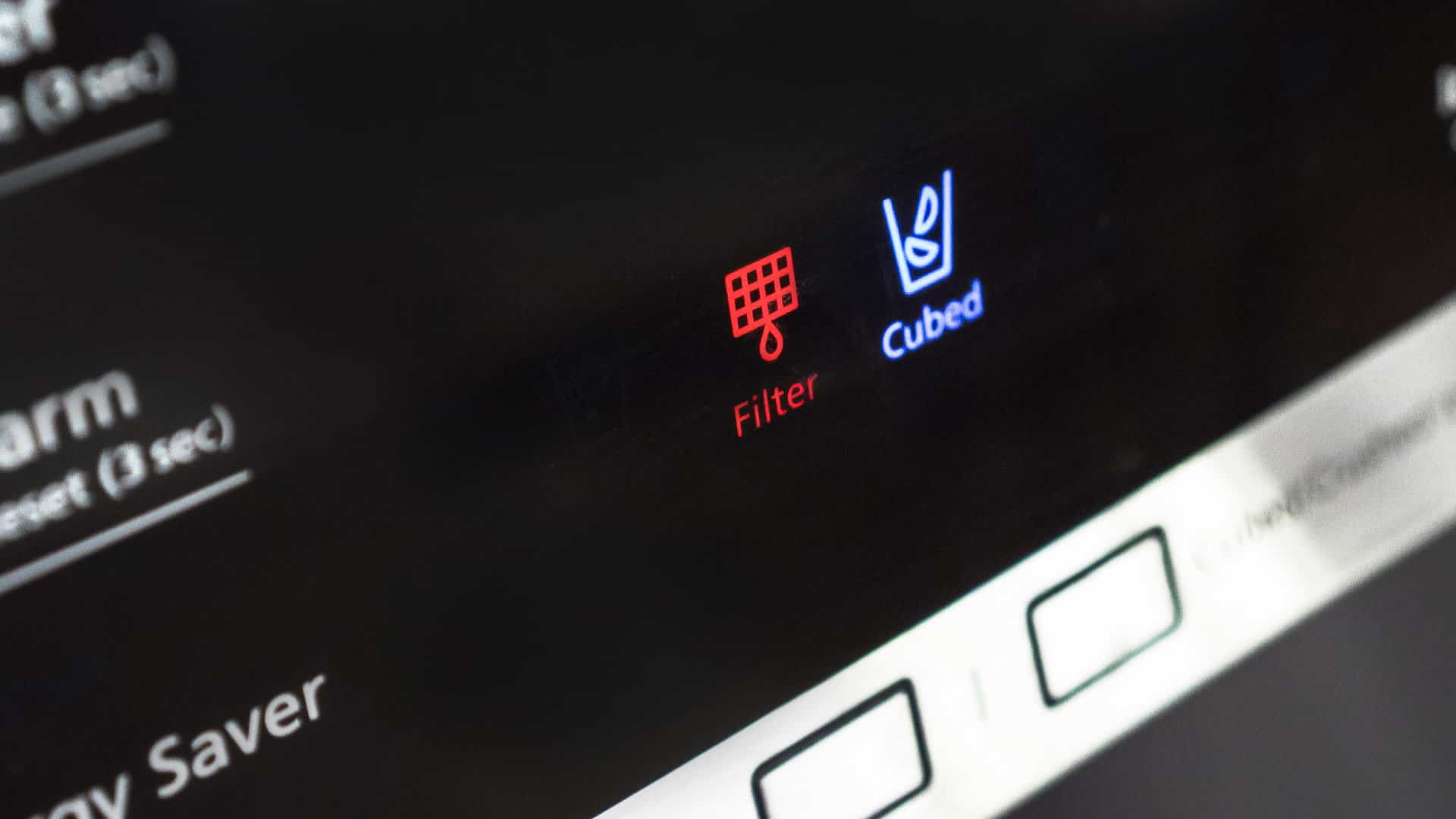
Understanding GE Refrigerator Error Codes: A Guide
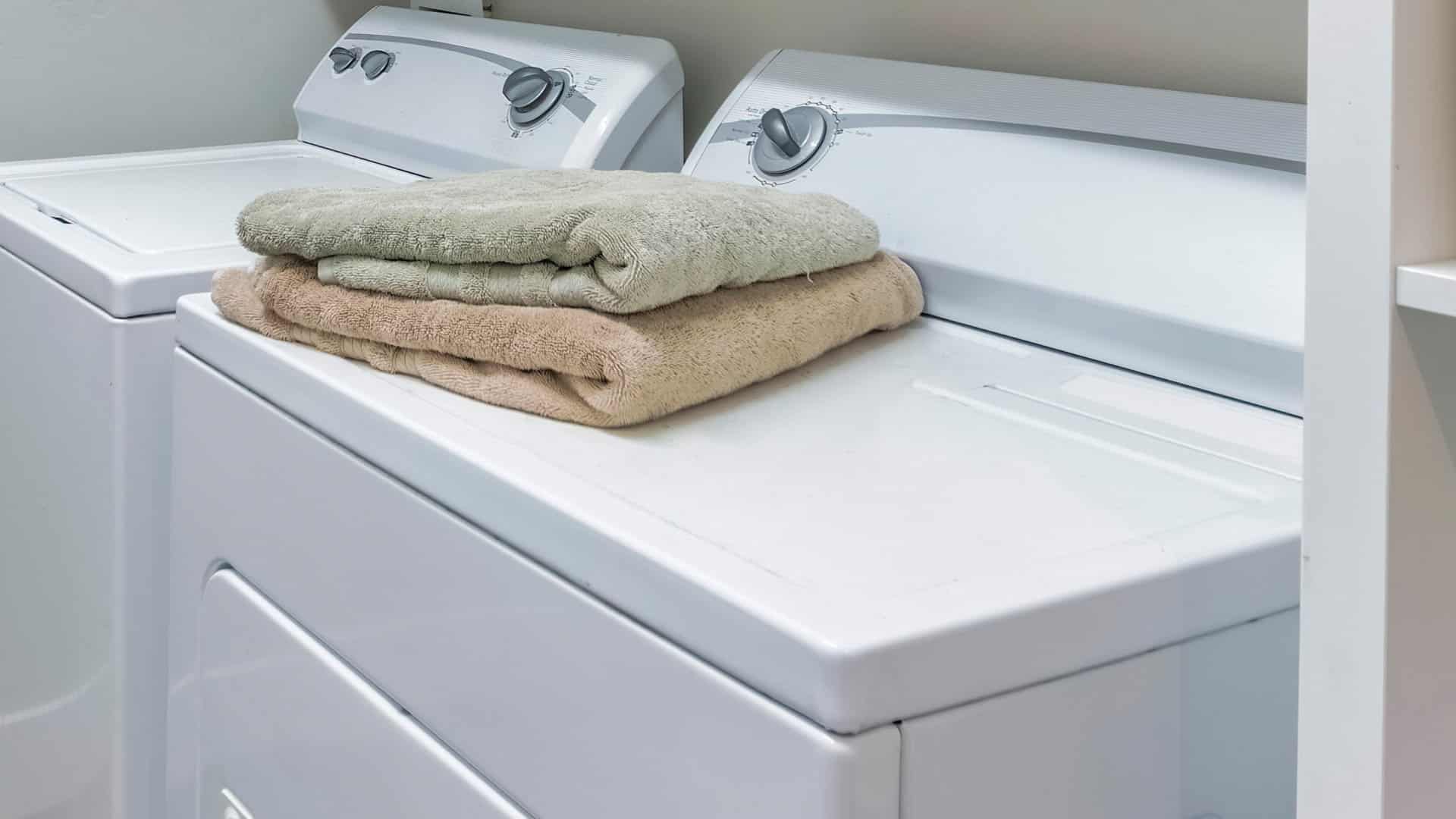
Amana Dryer Not Heating? Try These 5 Fixes
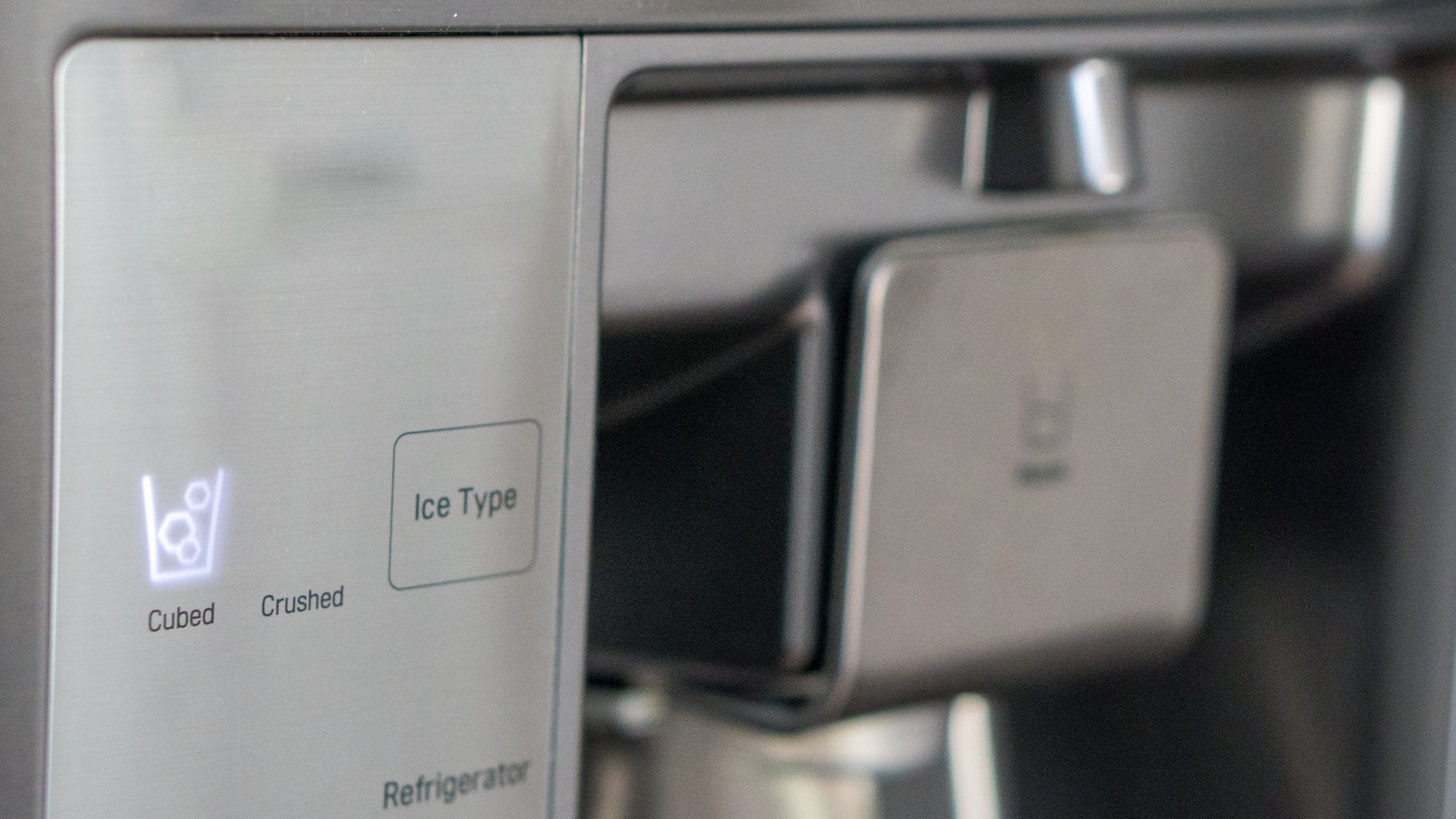
Samsung Ice Maker Issues? Here are 5 Fixes
